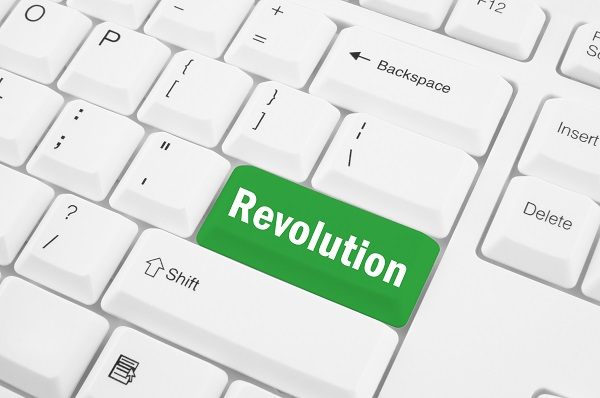ATD Blog
Flipping Technology
Tue Jun 03 2014

Bookmark
Our industry isn’t using technology in ways that align with how people really think, work, and learn. But it can—and should.
Essentially, we’ve been following an Industrial Age model. But we’re in the Information Age, so we need Information Age approaches. Bottom line: We need to revolutionize L&D and flip our thinking. Moreover, a large part of the L&D Revolution will require practitioners to flip the way we employ technology.
First flip: information when needed
Consider learning management systems (LMSs) and our authoring tools. Too often, what we do is present content, followed by a knowledge test about the content. This is okay if the learning goal is rote knowledge recitation. And there are a few applications for that, as there are some instances when rote knowledge must be in the head.
However, most of the time, this type of learning method is not going to lead to performance outcomes that will make a difference to organizations. Trying to get people to remember details about every product offering or trouble shooting procedures is an exercise in futility. Let’s face it: it is hard to get knowledge in the head.
Therefore, I propose that for the first flip we should be using technology to present information at the time of need—not trying to get it in the head every worker before they need to use it.
People should be able to access information they need through a system, and the interactions should be the system helping determine what information will be useful. A good example of this sort of system is TurboTax, which works as a collaborative system that has users enter the data they have access to and the system provides further information or instruction about what else is needed.
We should offer content presentation systems that work as performance support—not thinking of content presentation as a meaningful learning experience.
Second flip: interaction first, content second
People are good at what I call “pattern matching” and “meaning making.” This comes from having models, and then practicing applying those models in contexts. That’s a very different form of learning, and more likely to be useful.
I propose the second technology flip requires interaction to come first and content second. In other words, present interactions that put important decisions in context, and then present content around those decisions.
For example, our social networks tend to be separate from the LMS. While there may be social tools embedded in the LMS, if they’re used, they’re wrapped around the formal learning. And while the vendors might suggest that the LMS social tools meet the broader social needs of the organization, it’s more likely that an organization leverages an enterprise social network (ESN) tool.
To be sure, it’s a good thing to wrap learning with social interaction—both in collaborative assignments as well as discussion centered around the experiences in making the contextualized decisions. However, it’s plausibly a better situation to use the ESN, which can then support a transition out of the learning experience and into the associated community of practice that (should) be related to the tasks in the learning experience.
**Putting it all together
**
There are two facets to technology flipping. First, performers are bad at remembering rote information. Indeed, it’s hard to get rote information into the head, so we shouldn’t. Second, performers are good at making decisions when they are well supported. So we should match the task to the tool, and have the tools hold the rote information and support performers through the decision process.
Let’s save workers for more important thinking. Vive la révolution!
This post is based on Clark Quinn’s new release, Revolutionize Learning & Development (co-published by ASTD Press), which examines the steps required to shift corporate learning onto a more meaningful trajectory. Taking a new approach means aligning more closely to how people really think, learn, and work. The shift to a focus on performance and innovation meets the challenges resulting from increasing change and a need for organizations to be more agile.
More from ATD

